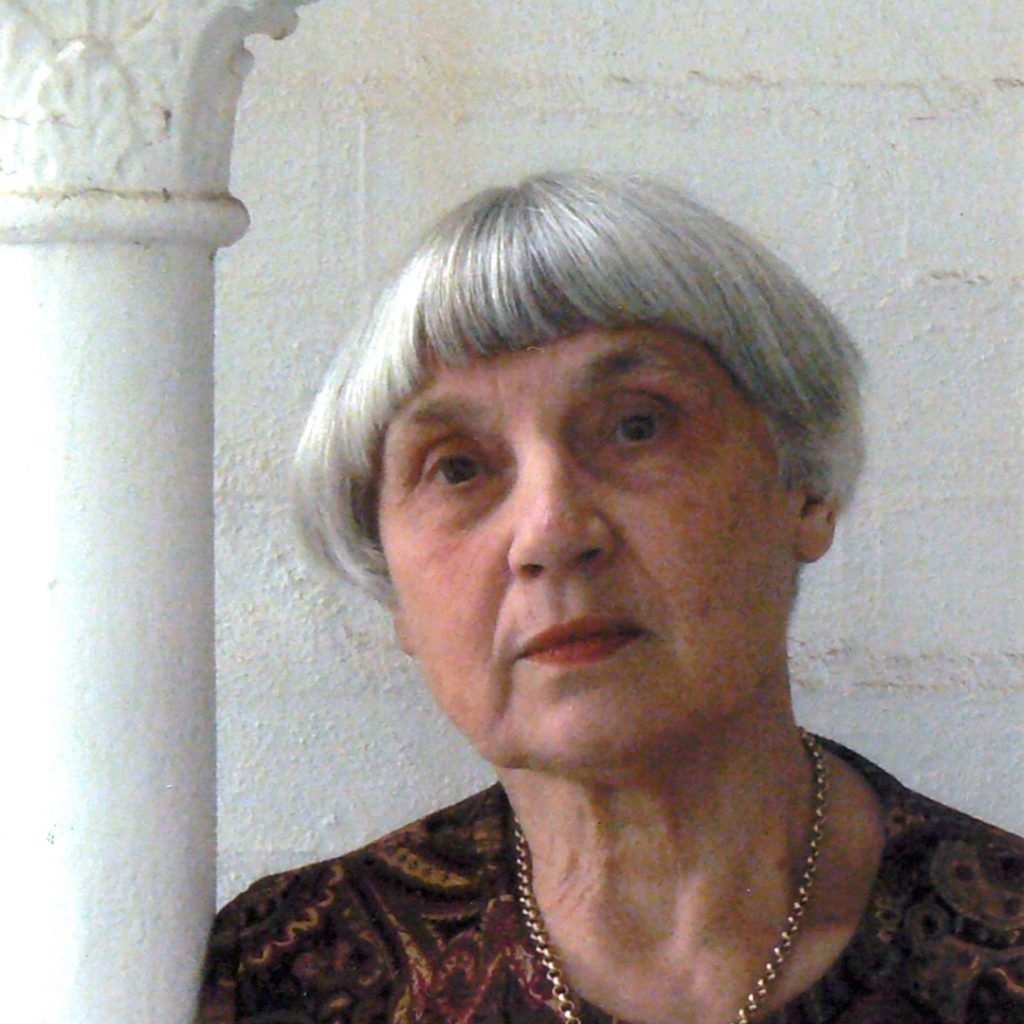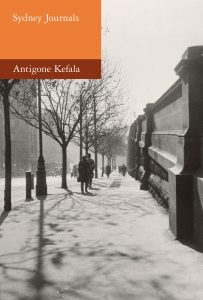Publisher note: Late Journals by Antigone Kefala
The following note on Late Journals, written by Giramondo publisher Ivor Indyk, draws on a conversation between Indyk and Antigone Kefala that took place in January 2022.
The journal is an attractive and capacious literary form. As the term suggests, it is committed to recording the details of daily life, and Kefala’s Journals in particular display an extraordinary range in presenting her responses to the passing years, her deep sympathies with the lives of her friends, her intellectual interests in music, art, literature and film, and her keen awareness of the vitality and wonder of the natural world.
Kefala had been writing down her impressions from the period when her family was first displaced from Romania to Greece after WWII, but the physical journals which provide the raw materials for her published Journals date from the early 1970s (her first poetry collection, The Alien, was published in 1973, her first work of fiction, The First Journey, in 1975). In her words, ‘I always felt I was in a relative position [as a writer of migrant background in Australia] – writing became a way of making yourself more real, because you had to put it down, and you had to analyse it, and you had to bring the entire environment into it so that you could make some sort of assessment. We have gone through so many cultures, the Romanian, the Greek, the New Zealand, the Australian, the different languages, the different attitudes, landscapes, histories – you constantly had to adjust to all this, you had to find some sort of methodology that would allow you to deal with it in a much more natural way than making it into a major issue.’
The journal is different in this respect from a diary. ‘I think to a certain extent the diary would be something that goes directly onto paper without much stylistic consideration, while a journal you have to look at stylistically, especially if you are going to publish it, you have to see how it works for other people, while a diary is mostly for you. When I write in the journal, I write it as a piece of writing, constantly thinking of the form, but not to the extent that you would with a piece of fiction or a poem you were writing, something much more loose. The consciousness of it as writing is always there, and then afterwards there is the process of selecting and arranging the pieces in relation to each other, so that readers will understand what direction I am moving in, the remarks I am making.’ There is no specific time for recording the observations, ‘it could be a week or a month later, depending on what triggers it. I don’t write everything down, I write only things which I feel have some inner importance, because life is made of one hundred thousand things that you never write about.’
The published Journals are therefore carefully composed. Though each is structured according to a calendar year and divided into months, the impressions themselves may be drawn from different years – their ordering in the book is designed to create resonances and connections, and to enhance the expression of emotion.





